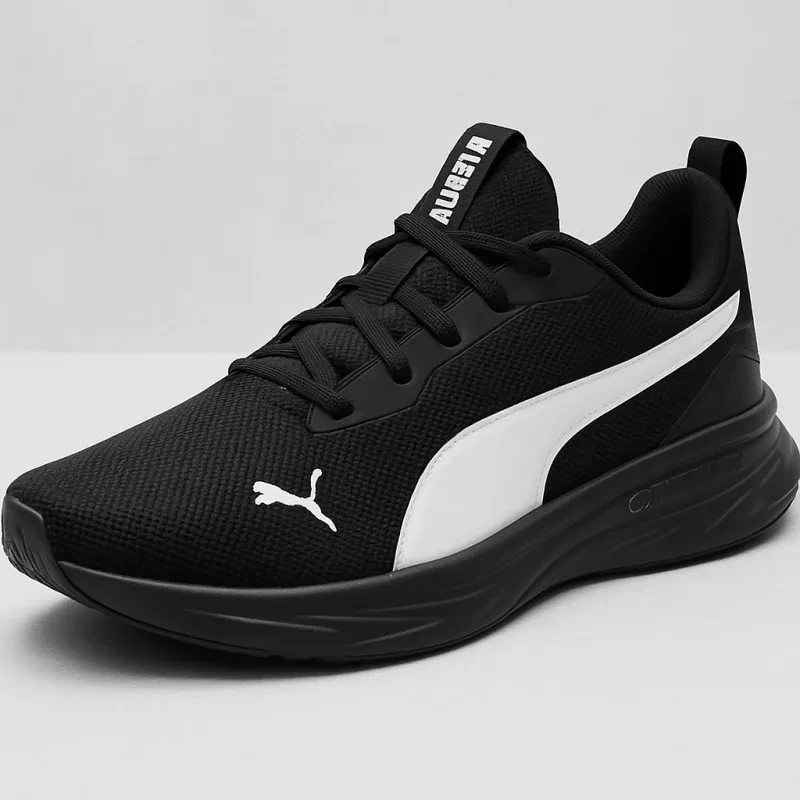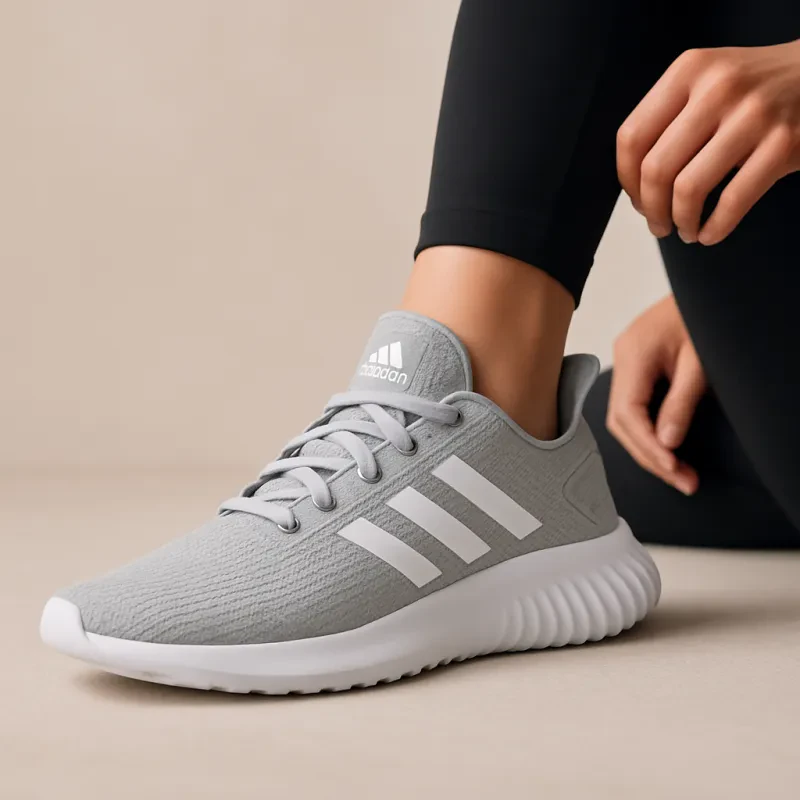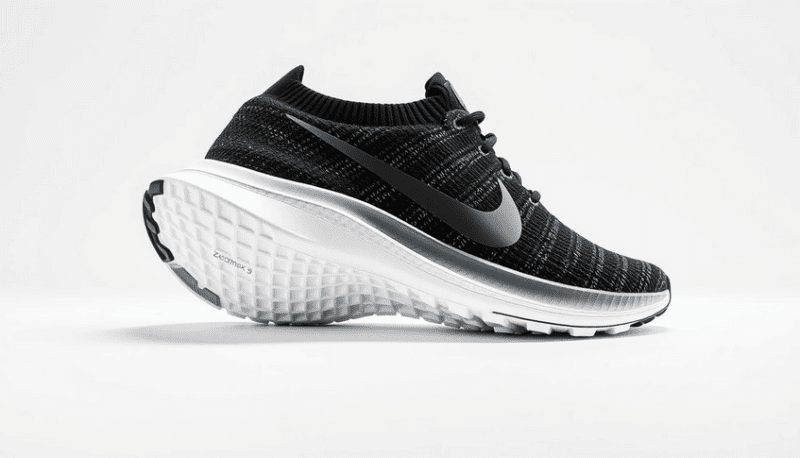Choosing the Right Running Shoes: A Comprehensive Buyer's Guide
Introduction:
The right pair of shoes can make all the difference in running. Whether hitting the pavement or tackling rugged trails, having the proper support and fit can enhance your running experience. However, with the overwhelming variety of running shoes, finding the perfect pair can take time and effort. Fear not; this comprehensive buyer's guide is here to help you make an informed choice and find the ideal running shoes tailored to your needs.
Choosing the Right Running Shoes: A Comprehensive Buyer's Guide
Understanding Your Foot Type
Before embarking on your journey to find the ideal running shoes, it's essential to understand your foot type. There are three main types: neutral arches, flat feet, and high arches. Each type requires different levels of support and cushioning. You can determine your foot type by performing the wet test or seeking advice from a professional at a specialty running store.
Analyzing Your Running Style
Another critical aspect of choosing the right running shoes is analyzing your running style. Do you overpronate, underpronate, or have a neutral gait? Understanding how your feet move during the running stride can guide you toward the right shoe with adequate stability and support to prevent injuries.
Assessing Shoe Size and Fit
A common mistake many runners make is wearing the wrong shoe size. Ill-fitting shoes can lead to discomfort, blisters, and even injuries. Ensure you measure your feet correctly and choose running shoes with ample toe room and a snug fit around the heel and midfoot. Remember that different brands might have varying sizing, so always try the shoes before purchasing.
The Importance of Cushioning
Running is a high-impact activity, and proper cushioning is essential to absorb shock and reduce the stress on your joints. LSI Keywords: "running shoe cushioning," "shoe midsole technology," "impact absorption."
Decoding Shoe Drop and Stack Height
Shoe drop and stack height are critical factors that influence the running experience. The drop refers to the height difference between the heel and the forefoot, while stack height represents the total thickness of the midsole. Understanding these terms will help you find shoes that match your running style and preferences.
Exploring Different Shoe Types
Running shoes come in various types, each designed for specific terrains and running preferences. Whether you need road-running shoes for urban adventures or trail-running shoes for off-road escapades, we've got you covered. LSI Keywords: "trail running shoes," "road running shoes," "track running shoes."
Breathability and Moisture-Wicking Properties
Nobody likes sweaty feet during a run! Look for running shoes with breathable uppers and moisture-wicking properties to keep your feet cool and dry throughout your runs.
Examining Outsole Durability and Traction
The outsole of your running shoes is crucial in providing traction and ensuring durability. Whether you run on concrete, trails, or tracks, opt for shoes with durable and grippy outsoles for a stable and safe running experience.
Weight Considerations
The weight of your running shoes can affect your performance, especially during long-distance runs. Lighter shoes can offer more speed, while slightly heavier ones might provide extra cushioning. Evaluate your running needs and choose accordingly.
Evaluating Pronation Control Features
For individuals with overpronation or under pronation, pronation control features in running shoes can help maintain proper foot alignment and reduce the risk of injuries. Learn about different types of pronation control and how they can benefit you.
Factoring in Arch Support
Arch support is crucial for individuals with flat feet or high arches. Running shoes with the appropriate arch support can alleviate discomfort and provide better stability during runs.
Testing Flexibility and Responsiveness
Flexible and responsive shoes allow for a smoother and more efficient stride. Ensure your running shoes offer the right balance of flexibility and responsiveness for an enjoyable running experience.
Exploring Minimalist Running Shoes
For experienced runners seeking a more natural running experience, minimalist running shoes offer a lightweight and ground-contact design. However, they require a gradual transition and proper running form.
Understanding Shoe Materials and Construction
The materials and construction of running shoes impact their durability and performance. Familiarize yourself with common shoe materials and manufacturing techniques to make an informed choice.
Factoring in Your Running Goals
Your running goals and aspirations should also influence your shoe selection. Are you training for a marathon, looking to improve speed, or simply running for fitness? Tailor your shoe choice to complement your running objectives.
Seeking Expert Advice and Reviews
Feel free to seek advice from running experts or read online reviews before purchasing. Real-life experiences and insights can provide valuable information about the comfort and performance of specific running shoe models.
Trying Before Buying
Always remember the power of trying on running shoes before buying them. Take them for a test run in the store or on a treadmill to assess their comfort and fit.
Shopping Within Your Budget
Running shoes come at various price points, but higher prices sometimes guarantee the best fit. Look for shoes that meet your requirements and budget without compromising on quality.
Caring for Your Running Shoes
To extend the lifespan of your running shoes, proper care is essential. Learn how to clean and store your shoes to keep them in top condition.
FAQs
Q: What is the best shoe type for long-distance running? A: For long-distance running, consider road-running shoes with ample cushioning and durability.
Q: Are minimalist running shoes suitable for beginners? A: Minimalist shoes are best suited for experienced runners with a strong running foundation due to their lower cushioning and support.
Q: How often should I replace my running shoes? A: On average, running shoes should be replaced every 300-500 miles or when you notice visible signs of wear and tear.
Q: Can I use trail running shoes for road running? A: While you can use trail running shoes on roads, they might provide less cushioning and a firmer grip, impacting performance.
Q: Are expensive running shoes worth the investment? A: Only sometimes. The right running shoes are the ones that fit your feet and running style, regardless of their price.
Q: How do I know if my shoes need pronation control features? A: Consult a running expert or a podiatrist to assess your gait and determine if you need pronation control features.
Conclusion:
Choosing the right running shoes is a crucial decision that can greatly impact your running performance and overall experience. By understanding your foot type, running style, and specific needs, you can narrow your options and find the perfect pair that supports you through every stride. Remember to prioritize comfort, fit, and functionality while exploring the diverse world of running shoes. So, lace up, hit the road or trail, and enjoy the thrill of running with the perfect companion on your feet!



